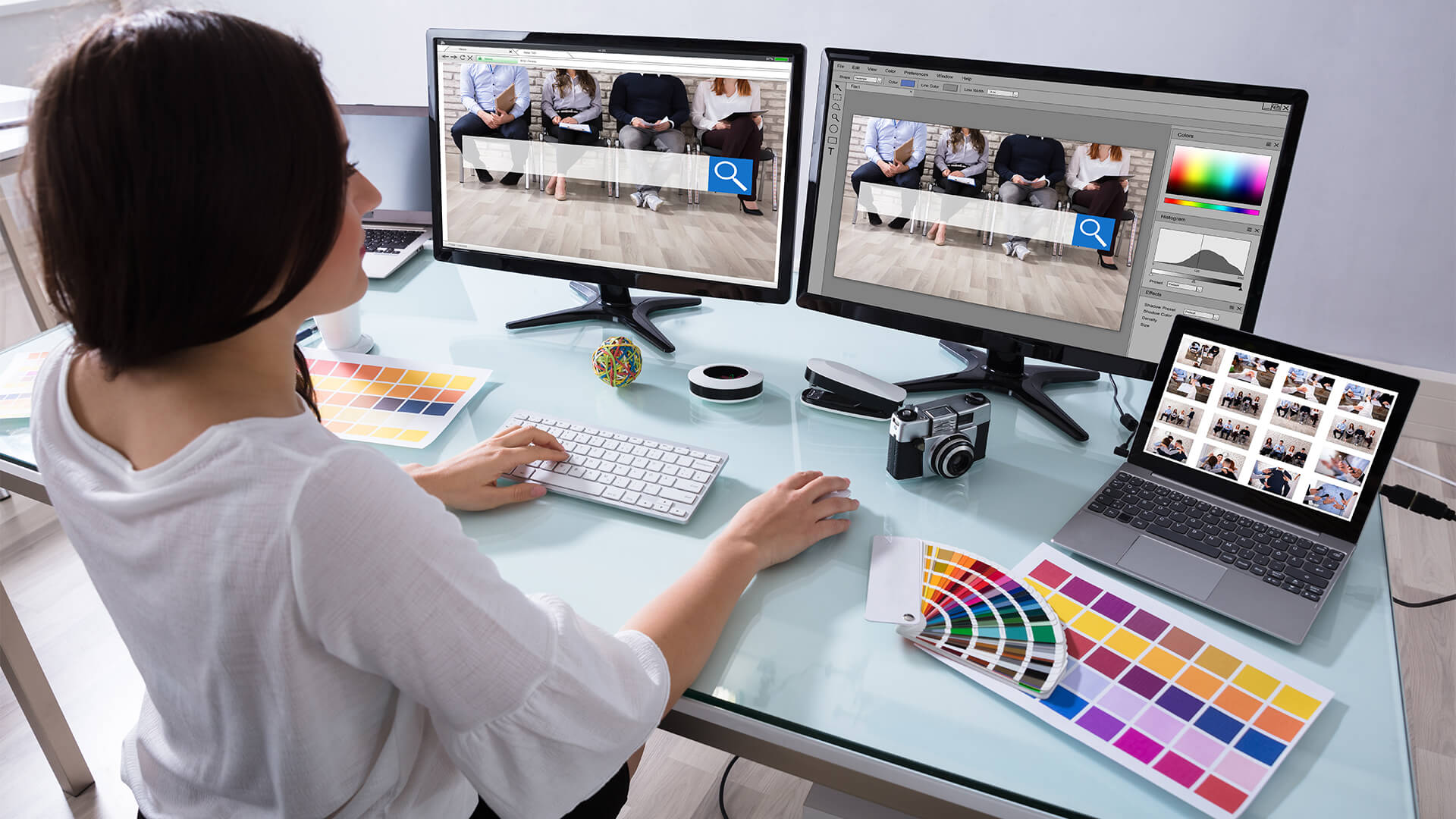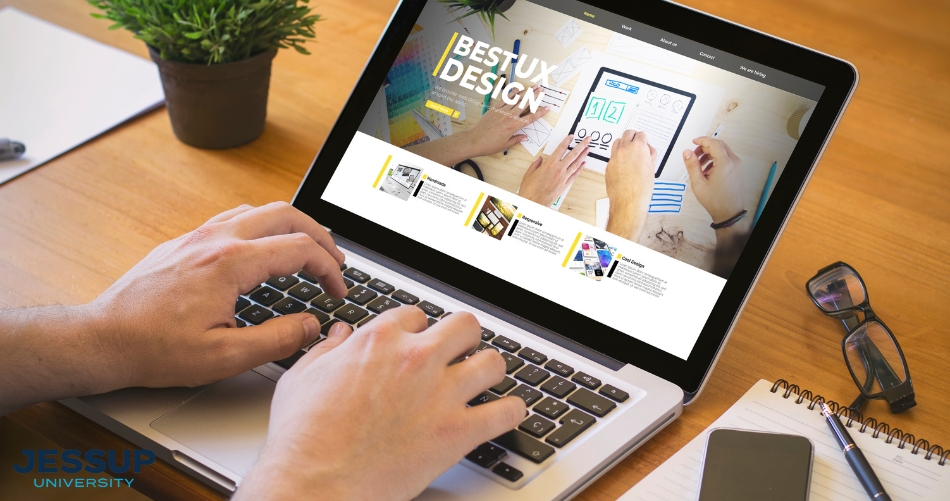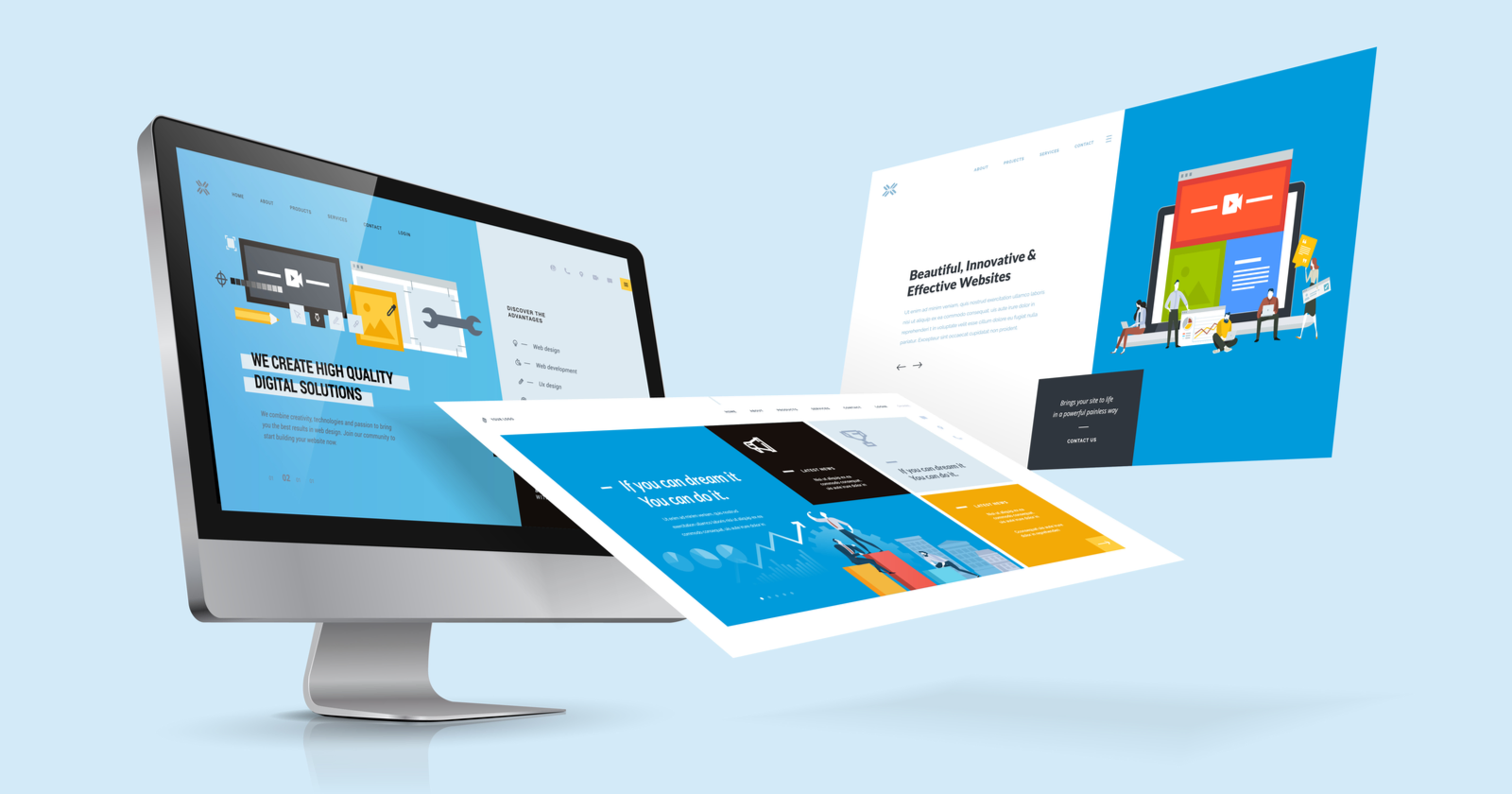Innovative Aligned Position Web Design: Future-Proof Websites for Businesses in Every Niche
The Ideal Kinds Of Website Design to Boost User Experience and Engagement
In the ever-evolving landscape of digital communication, the efficiency of website design considerably impacts user experience and involvement. Different style techniques, such as minimalist, receptive, and interactive layouts, each deal one-of-a-kind benefits that can deal with diverse individual needs. Comprehending which kinds of Web design finest offer these goals can be crucial for services aiming to enhance consumer contentment and retention. Nonetheless, the question stays: which layout aspects genuinely resonate with individuals and foster meaningful interaction? The exploration of these principles discloses critical insights that might redefine your strategy to Web design.
Minimal Website Design
As electronic landscapes become progressively cluttered, minimalist website design has arised as a powerful strategy to improving user experience. This design philosophy focuses on simpleness, concentrating on necessary elements while removing unneeded disturbances. By using sufficient white area, straightforward navigation, and a limited shade scheme, minimalist style cultivates quality and routes individual attention to essential web content.
The core principle of minimal Web design is to develop a seamless interaction for users. By minimizing cognitive lots, customers can promptly comprehend details without feeling bewildered. This straight approach not just improves usability yet additionally encourages engagement, as visitors are extra most likely to discover a website that is aesthetically enticing and easy to navigate.
Additionally, minimal style typically highlights typography and imagery, utilizing these components strategically to communicate messages effectively. This concentrate on crucial parts can boost brand identity and produce a remarkable user experience. In essence, minimal Web design is not simply a pattern; it is a thoughtful technique that acknowledges the value of user-centered layout. By stripping away nonessential components, developers can create an extra appealing, reliable, and enjoyable Web experience for all customers.
Responsive Web Design
In today's varied digital setting, receptive website design has actually become essential for producing a smooth individual experience throughout a plethora of gadgets. As individuals access websites on smart devices, tablet computers, laptop computers, and desktops, the capability of a site to adjust its layout and content to various display sizes and resolutions is important.
Receptive Web design uses versatile grids, photos, and CSS media inquiries to ensure that Web material is offered efficiently, no matter of the gadget utilized. This method not just boosts the aesthetic charm of a website however additionally substantially boosts usability. Individuals are most likely to involve with a website that uses a regular experience, as it removes the stress of having to focus or scroll exceedingly.
By embracing receptive style, services can enhance their exposure and get to a wider target market. In summary, responsive Web layout is a fundamental technique that boosts individual experience, engagement, and overall complete satisfaction.
Interactive Web Design
Responsive website design prepares for improving customer experience, but interactive Web style takes this an action additionally by engaging users in an extra vibrant way - Aligned Position Web Design. By integrating aspects such as computer animations, clickable prototypes, and real-time comments, interactive Web layout captivates users, drawing them into a richer browsing experience
This method not just fosters engagement but additionally urges customers to explore content actively as opposed to passively consuming it. Methods such as gamification, where users gain rewards for completing tasks, can considerably improve the time spent on a site and improve overall complete satisfaction. Additionally, interactive functions can simplify complex details, making it more absorbable and delightful.

Integrating interactive style components can also cause greater conversion prices, as users go to website are a lot more most likely to engage with a site that proactively entails them. Aligned Position Web Design. Eventually, interactive Web design transforms user experiences into unforgettable trips, ensuring that site visitors return time and once more
Flat Style
Defined by its minimalistic method, flat style highlights simpleness and performance, removing unnecessary components and concentrating on crucial features. This style viewpoint focuses on usability, making certain that customers can navigate user interfaces effortlessly and effectiveness. By utilizing a clean aesthetic, flat layout gets rid of the clutter typically discovered in much more ornate styles, thereby boosting customer concentrate on material and functionality.
The hallmark of level style lies in its use of vibrant shades, basic typography, and geometric shapes. These aspects add to an aesthetically attractive interface that is both modern and friendly. In addition, level design fosters a feeling of clearness, allowing customers to determine important actions and info without interruption.
Additionally, level layout is particularly efficient in receptive Web design, as its simpleness converts well throughout various gadgets and display dimensions. By focusing on vital attributes, level design not only satisfies individual demands but also motivates smooth communication, making it an essential component of efficient Web style approaches.
Flexible Website Design
Adaptive website design personalizes the user experience by creating several taken care of formats customized to various display dimensions and tools. Unlike receptive find this layout, which fluidly readjusts a single layout, flexible style uses distinctive formats for details breakpoints, ensuring optimum discussion on various systems. This strategy permits developers to concentrate on the special attributes of each gadget, improving functionality by providing precisely what users need based on their context.
Among the main advantages of flexible website design is its capability to optimize lots times and efficiency. By offering tailored content and photos that fit the customer's tool, web sites can reduce information usage and boost loading rates. This is especially advantageous for customers with slower connections or minimal data plans.

Furthermore, adaptive style promotes a more regulated and regular branding experience. Considering that developers create multiple formats, they can make sure that the visual aspects align with the brand's identification throughout various systems - Aligned Position Web Design. This results in a cohesive individual experience, improving involvement and promoting user retention
Final Thought
Finally, the integration of minimalist, responsive, and interactive Web style concepts dramatically enhances user experience and interaction. Minimalist style promotes quality and emphasis, while receptive layout makes certain adaptability across various devices, promoting ease of access. Interactive layout astounds customers via vibrant components, urging expedition and customization. Jointly, these layout comes close to add to the development of easy to use atmospheres that not only enhance complete satisfaction however likewise drive higher conversion rates, underscoring their critical relevance in modern website design strategies.

Minimalist design fosters clearness and emphasis, while responsive design makes sure adaptability across different gadgets, advertising ease of access. Collectively, these design comes close to add to the development of user-friendly settings that not just boost contentment yet likewise drive greater conversion prices, highlighting their important value in modern Web design strategies.